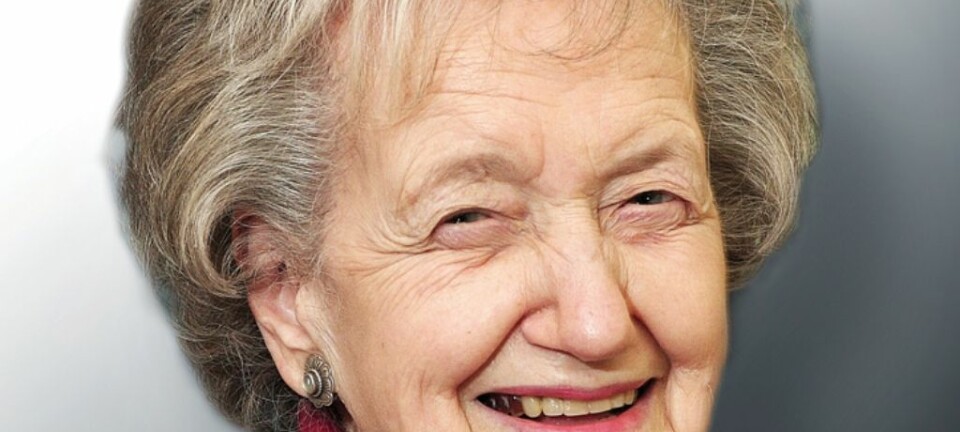
Norwegians share in Nobel Prize for discovering brain’s GPS
The Nobel Prize in Medicine or Physiology has been awarded with one half to John O’Keefe of University College London and the other half jointly to May-Britt Moser and Edvard I. Moser, a husband-and-wife team from the Norwegian University of Science and Technology. They discovered how the brain knows where we are and navigates us from one spot to another.
Denne artikkelen er over ti år gammel og kan inneholde utdatert informasjon.
How do we know where we are? How can we find the way from one place to another? And how can we store this information in such a way that we can immediately find the way the next time we trace the same path? This year’s Nobel Laureates have discovered a positioning system – an inner GPS or Sat Nav – in the brain that enables us to orient ourselves in space, demonstrating a cellular basis for higher cognitive function.
In 1971, John O’Keefe discovered the first component of this positioning system. He found that a type of nerve cell in an area of the brain called the hippocampus that was always activated when a rat was at a certain place in a room. Other nerve cells were activated when the rat was at other places. O’Keefe concluded that these “place cells” formed a map of the room.
Kavli Institute in Trondheim
Over three decades later, in 2005, May-Britt and Edvard Moser discovered another key component of the brain’s positioning system. Also working with rats, they identified another type of nerve cells, which they called a “grid cells”, which generate a coordinate system and allow for precise positioning and path-finding. Their subsequent research showed how place and grid cells make it possible to determine position and to navigate.
The discoveries of the American-British neuroscientist John O’Keefe, and Norwegian neuroscientists May-Britt Moser and Edvard Moser, both of the Kavli Institute at NTNU in Trondheim, have solved a problem that has occupied philosophers such as Immanuel Kant and scientists for centuries – how does the brain create a map of the space surrounding us and how can we navigate our way through a complex environment?
Same with humans
Recent investigations with brain imaging techniques, as well as studies of patients undergoing neurosurgery, have provided evidence that place and grid cells exist also in humans. In patients with Alzheimer’s disease, the hippocampus and entorhinal cortex are frequently affected at an early stage, and these individuals often lose their way and cannot recognize the environment. Knowledge about the brain’s positioning system may, therefore, help us understand the mechanism underpinning the devastating spatial memory loss that affects people with this disease.
The discovery of the brain’s positioning system represents a paradigm shift in our understanding of how ensembles of specialized cells work together to execute higher cognitive functions. It has opened new avenues for understanding other cognitive processes, such as memory, thinking and planning.
































